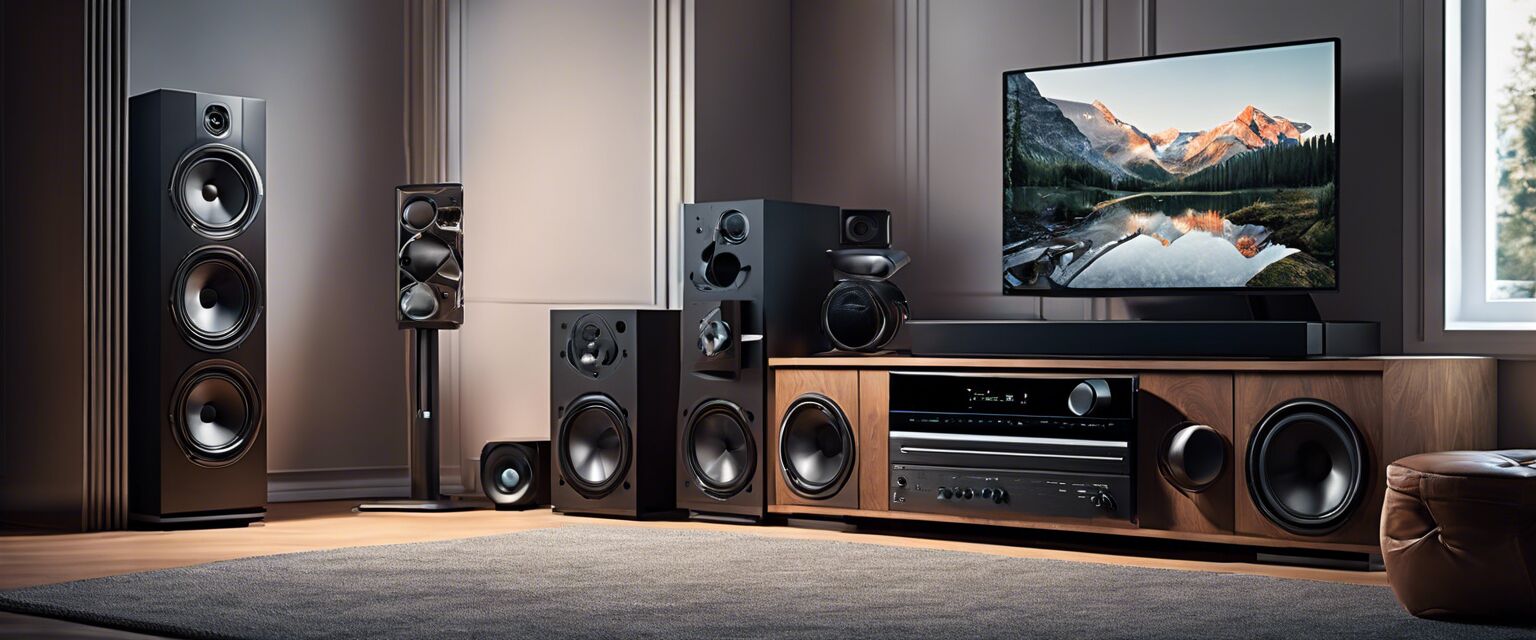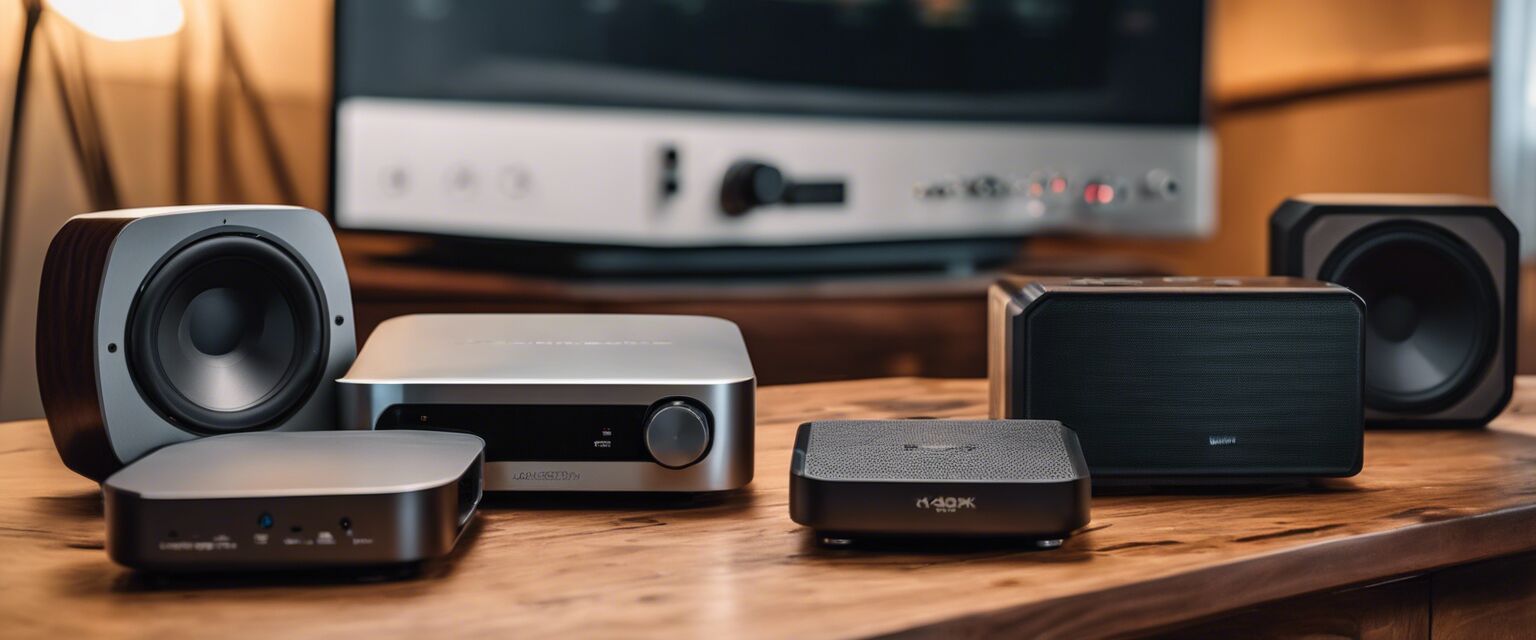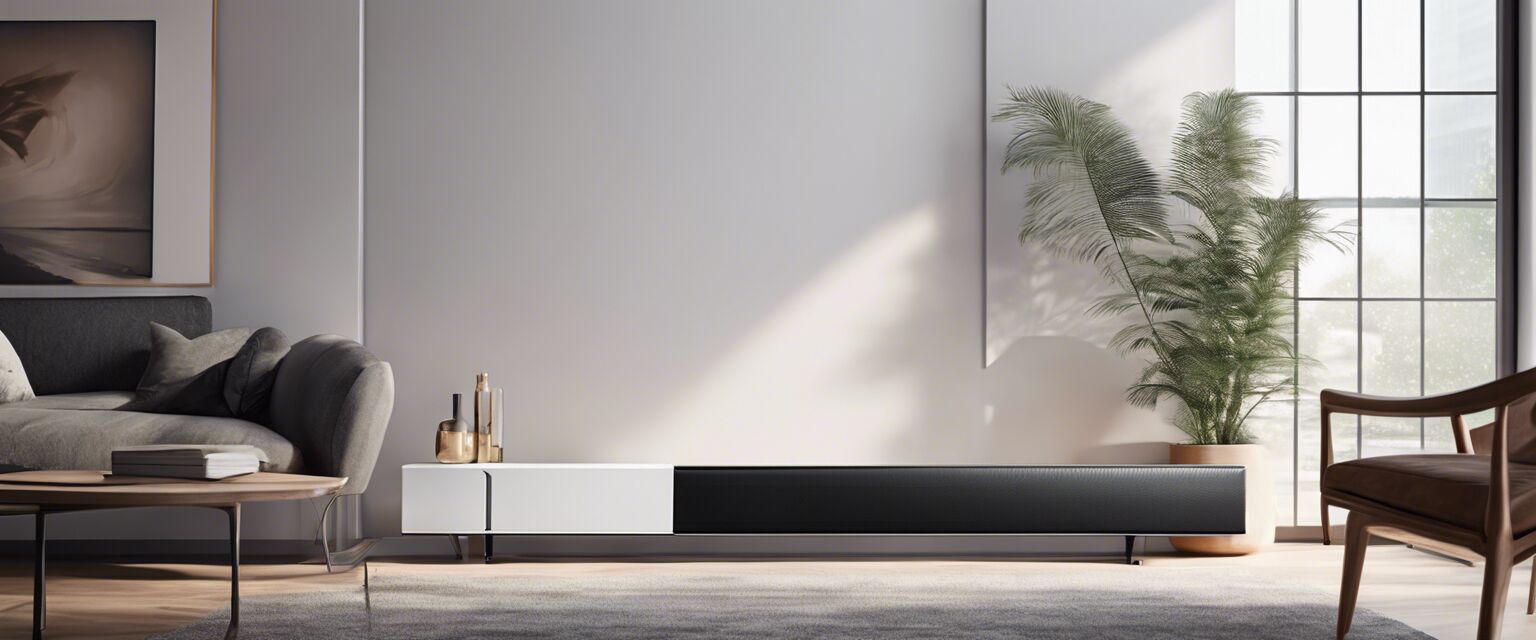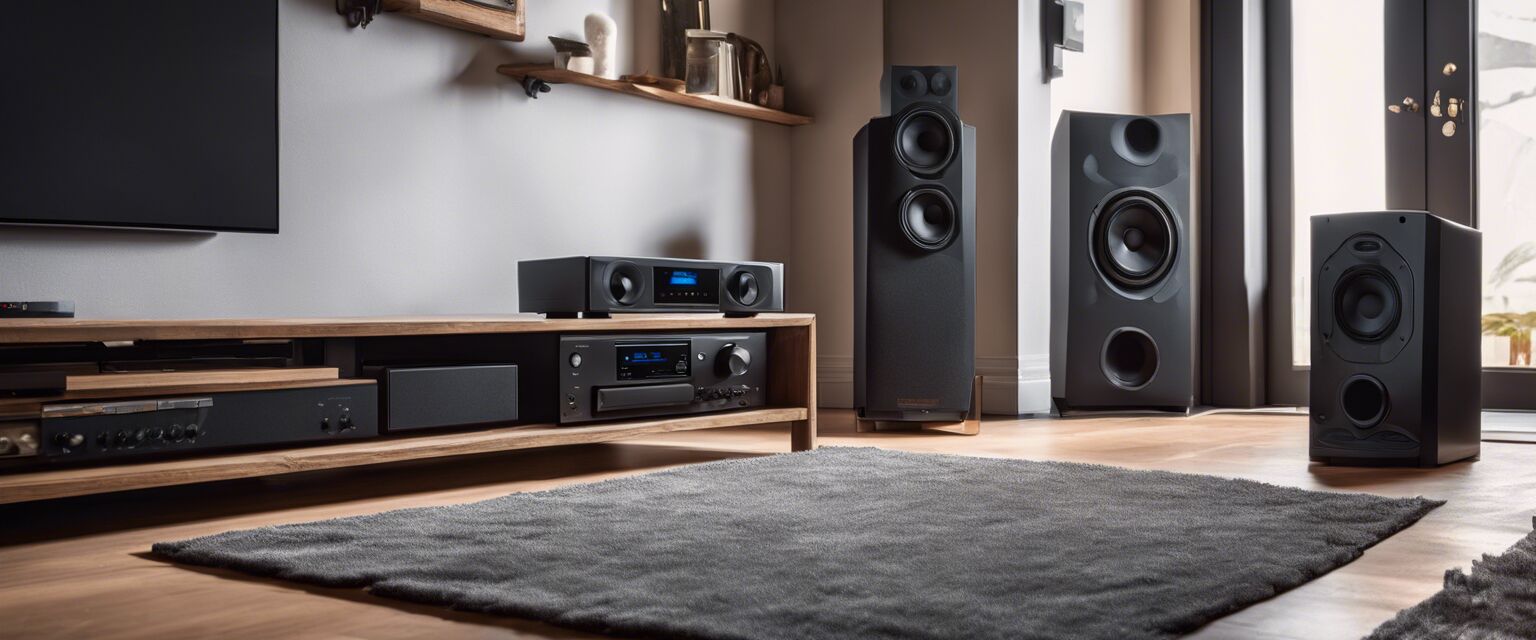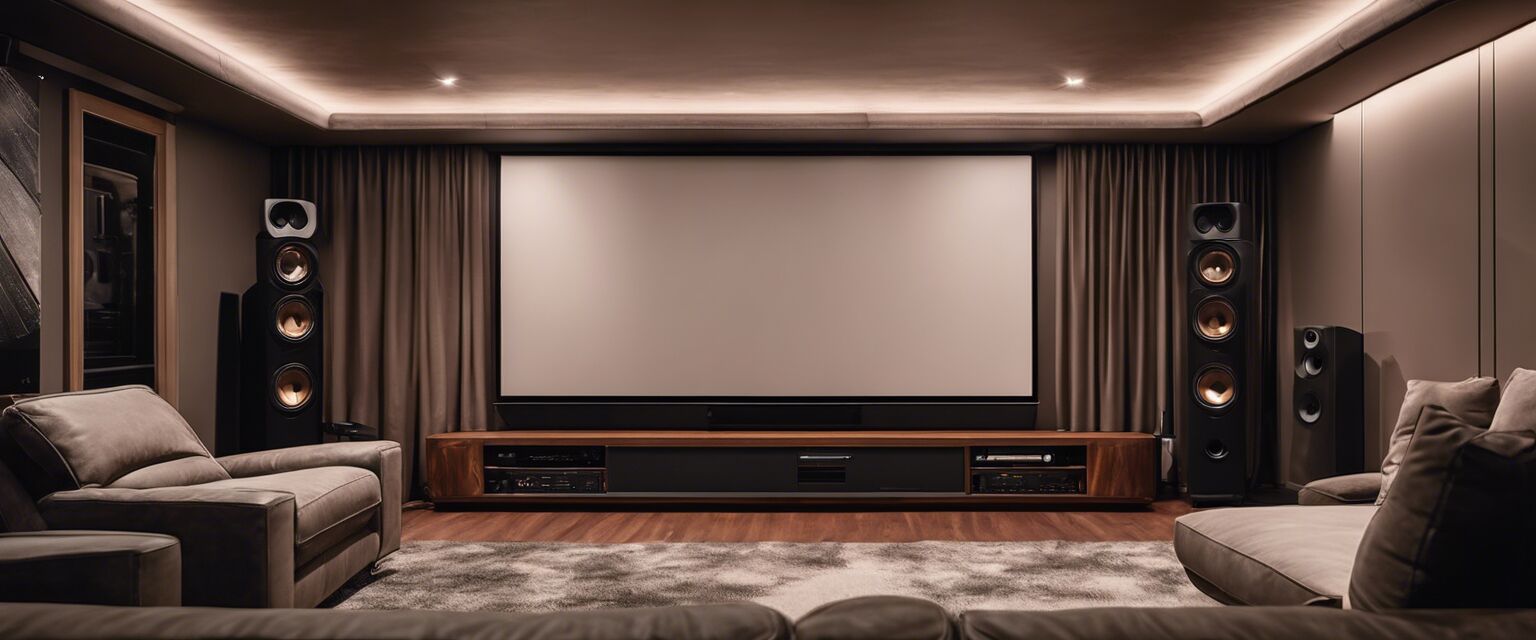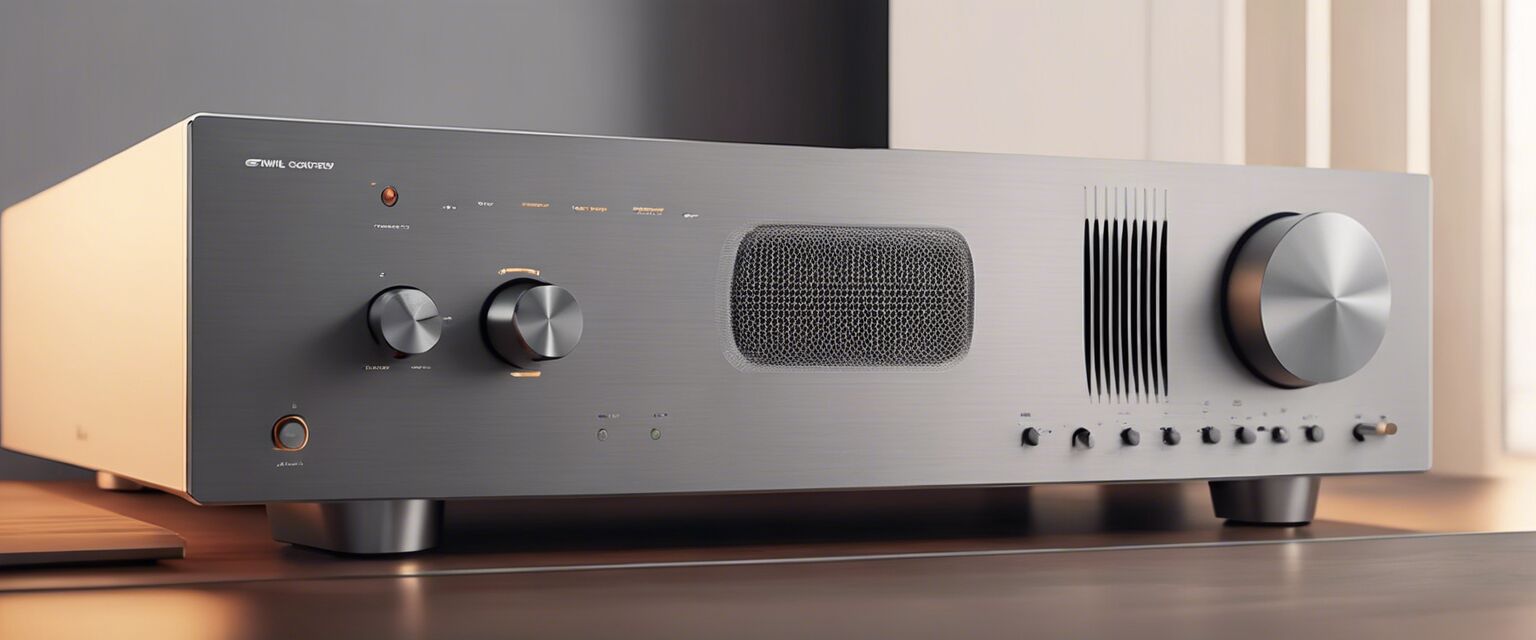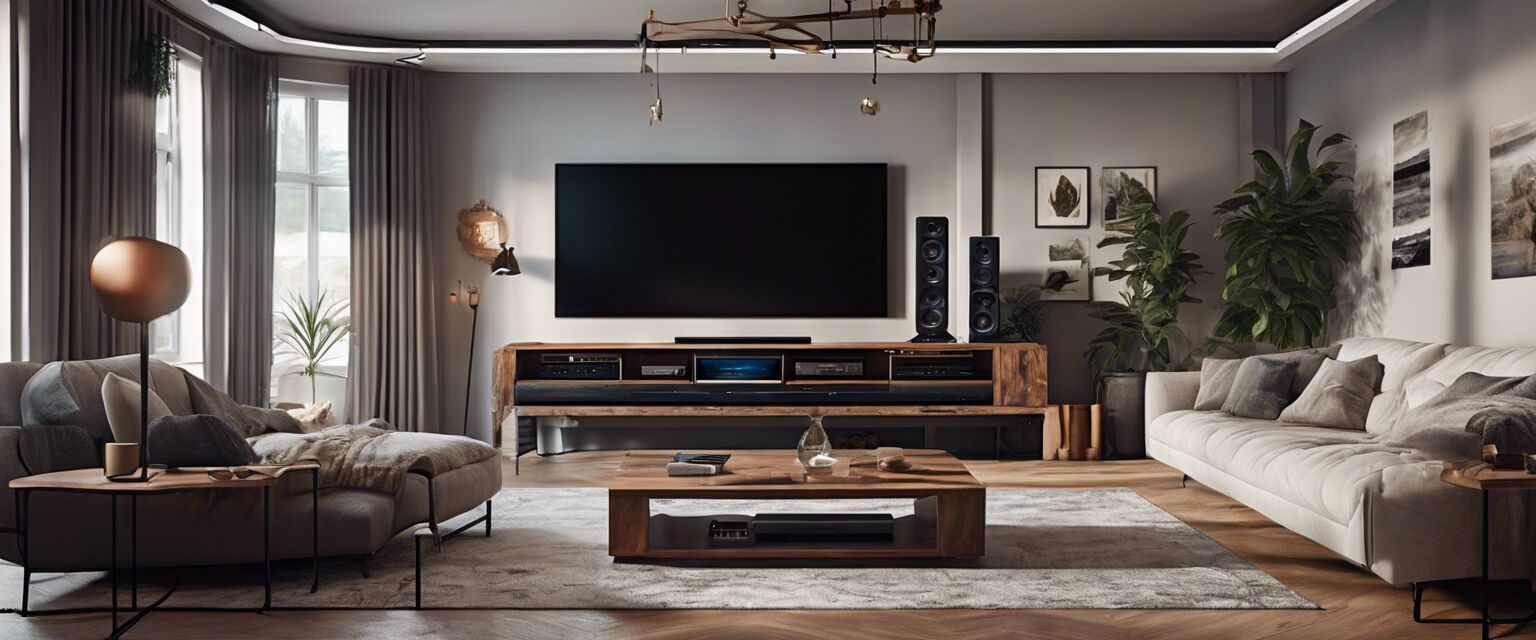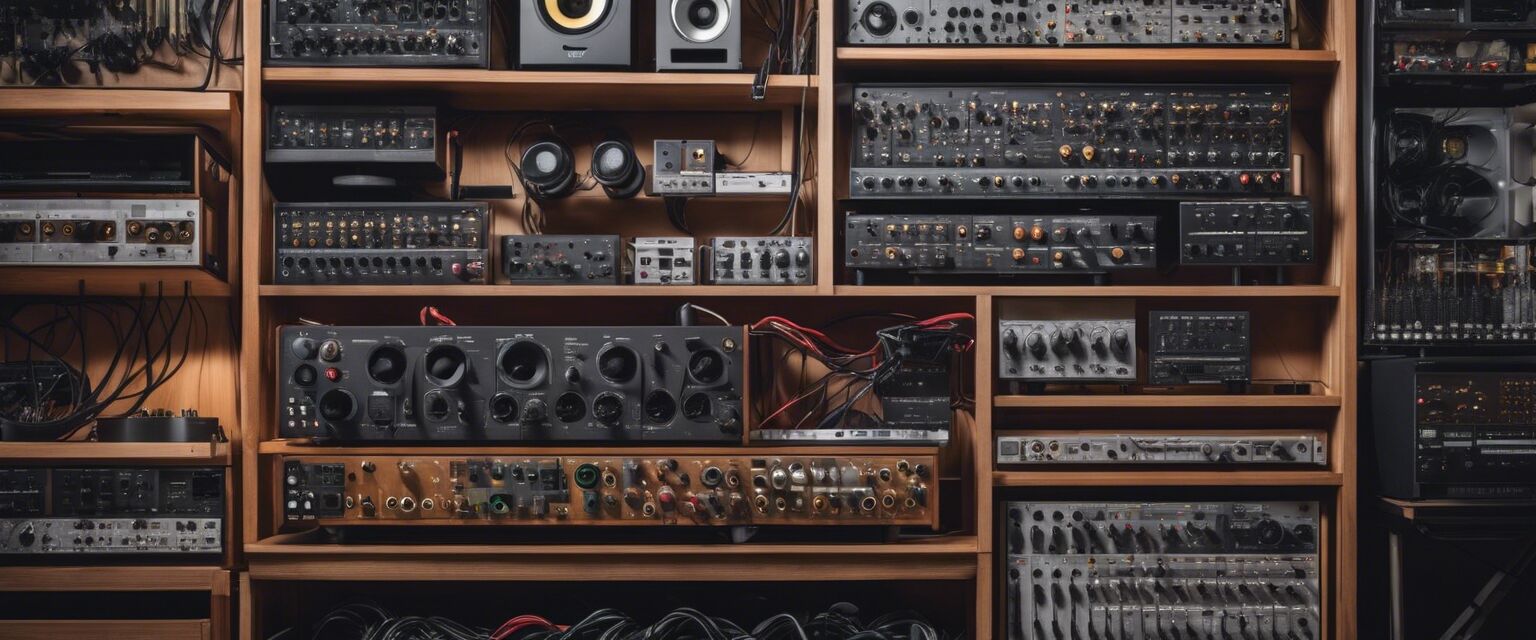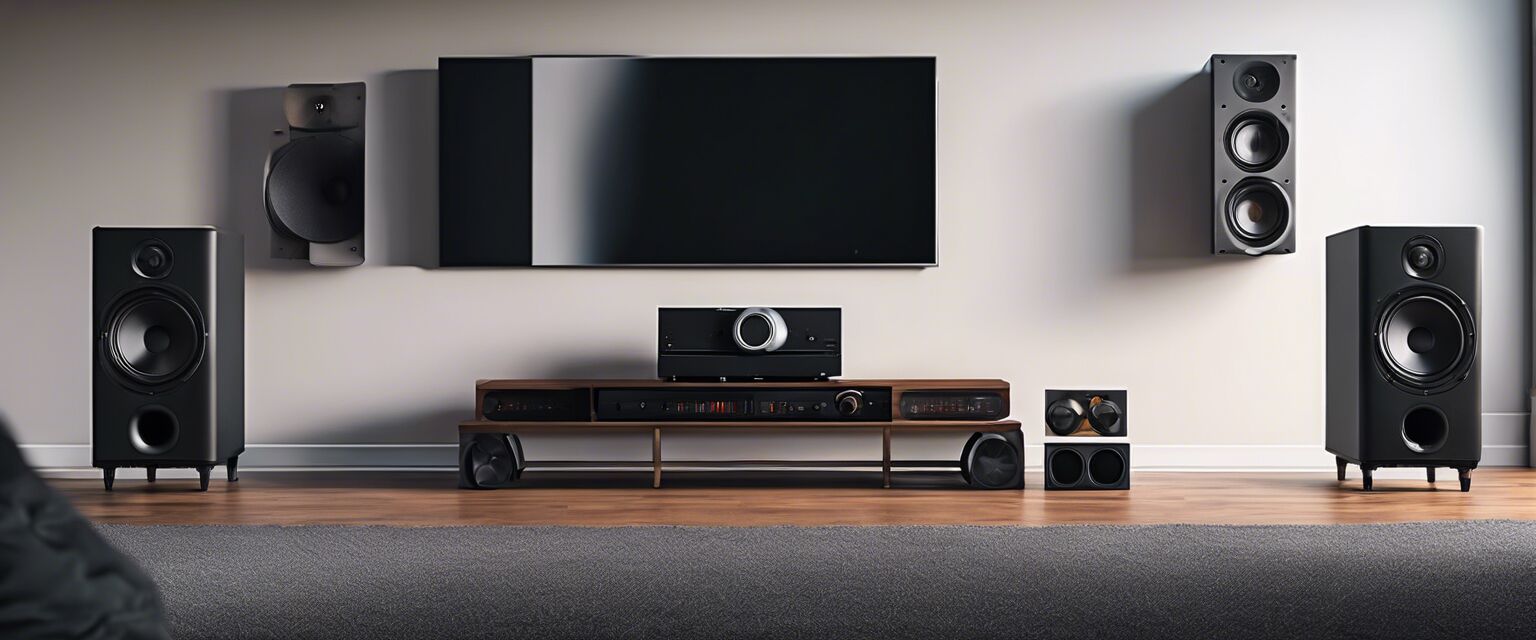
Affordable Audio System Maintenance
Key Takeaways
- Regular cleaning and maintenance can greatly extend the life of your audio equipment.
- Investing in quality cables and connectors can improve sound quality and durability.
- Understanding your audio system's components is crucial for effective maintenance.
- DIY tips can save you money while enhancing your audio experience.
- Utilize budget-friendly products for maintaining your audio system.
Maintaining a home audio system on a budget doesn't have to be a daunting task. With the right tips and tricks, you can ensure your audio equipment lasts longer and performs better. This guide will provide you with essential maintenance tips, DIY solutions, and product recommendations to help you keep your home audio system in top shape.
Understanding your audio system components
Before diving into maintenance tips, it's important to understand the key components of your audio system:
| Component | Description |
|---|---|
| Speakers | Devices that convert electrical signals into sound. |
| Amplifier | Boosts the audio signal to drive the speakers. |
| Receiver | Central hub that manages audio inputs and outputs. |
| Soundbar | A compact speaker system designed to enhance TV audio. |
| Subwoofer | Specializes in producing deep bass sounds. |
Regular maintenance tips
Maintaining your audio system is crucial for long-term performance. Here are some practical tips to follow:
- Clean your equipment: Dust and debris can affect sound quality. Regularly clean your speakers, amplifier, and other components using a soft microfiber cloth.
- Check connections: Make sure all cables and connectors are secure. Loose connections can lead to poor sound quality.
- Monitor temperature: Keep your audio equipment in a cool, well-ventilated area to prevent overheating.
- Update your software: If your system has firmware, keep it updated for optimal performance.
DIY tips for audio system maintenance
With a few simple DIY tricks, you can enhance your home audio experience without breaking the bank:
- Build your own speaker stands: Elevating your speakers can improve sound projection. Use sturdy materials like wood or metal to create custom stands.
- Use acoustic panels: Create DIY panels to reduce sound reflections and improve room acoustics.
- Replace old cables: Invest in quality cables for better sound quality. DIY cable management can also keep things tidy.
Products for maintaining your audio system
Here are some budget-friendly products that can assist in maintaining your audio system:
| Product Type | Purpose | Price Range |
|---|---|---|
| Speaker Cleaner | Removes dust and grime from speakers. | $10 - $20 |
| Cable Organizer | Keeps cables neat and prevents tangling. | $5 - $15 |
| Acoustic Panels | Improves sound quality by reducing echoes. | $30 - $100 |
| Surge Protector | Protects equipment from power surges. | $15 - $50 |
| Speaker Stands | Elevates speakers for better sound projection. | $20 - $80 |
Common audio system problems and solutions
Even with regular maintenance, issues may arise. Here are some common problems and how to troubleshoot them:
- No sound: Check power connections and ensure the volume is turned up. Inspect cables for damage.
- Distorted sound: Ensure that speakers are not overloaded. Check cable connections and replace any damaged cables.
- Bluetooth connectivity issues: Restart your Bluetooth device and ensure it is within range. Check for software updates.
Conclusion
Maintaining your home audio system on a budget is achievable with regular care and attention. By understanding your system components, implementing regular maintenance, and utilizing DIY tips, you can enhance your audio experience without overspending. For more information on specific audio products, check out our Amplifiers, Speakers, and Soundbars sections.
Tips for beginners
- Start with the basics: Focus on cleaning and organizing your space.
- Learn about your equipment: Read manuals and watch tutorials.
- Join online forums: Connect with other audio enthusiasts for advice.
- Experiment with placement: Try different setups for optimal sound.
Pros
- Improves sound quality.
- Extends the lifespan of your equipment.
- Saves money with DIY solutions.
- Enhances overall audio experience.
Cons
- Time-consuming maintenance tasks.
- Requires some investment in cleaning products.
- May need occasional professional help for major issues.
Additional resources
For more tips on audio system setup and maintenance, donât forget to check our sections on Bluetooth Speakers, Subwoofers, and DIY Audio Kits.
